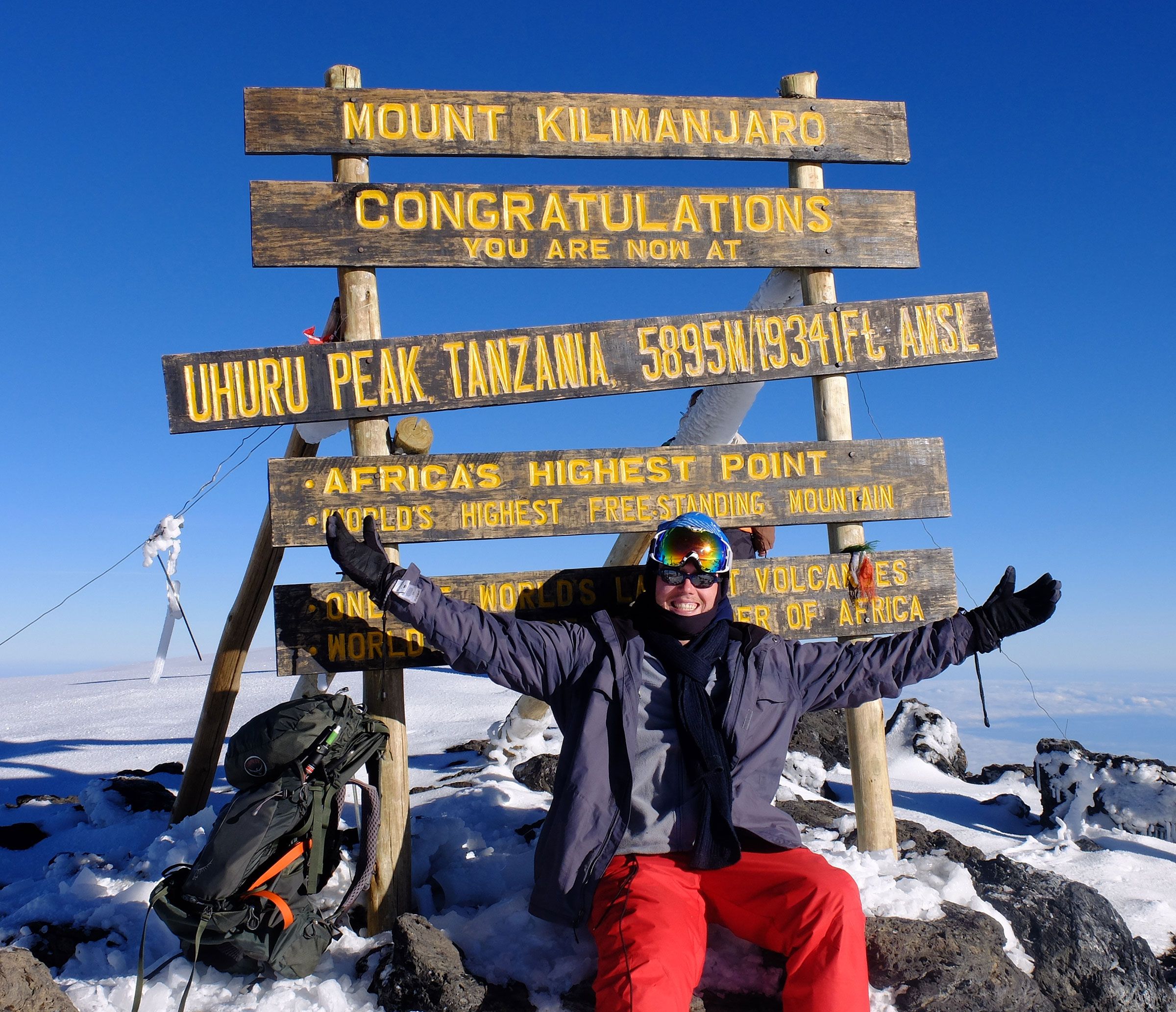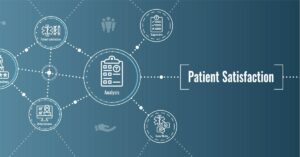Parallels: Climbing Mount Kilimanjaro and Website A/B Testing
By Eddie Perkins
November 21, 2016
Share
 Earlier this year, I embarked on the journey of a lifetime, traveling to Tanzania, Africa, to climb Mount Kilimanjaro – the highest freestanding mountain in the world. This was a decision that tested me physically and mentally, and was one of the best personal and professional risks I ever made.
Earlier this year, I embarked on the journey of a lifetime, traveling to Tanzania, Africa, to climb Mount Kilimanjaro – the highest freestanding mountain in the world. This was a decision that tested me physically and mentally, and was one of the best personal and professional risks I ever made.
Like any extreme undertaking, after the adrenaline subsided and the stories were told, I started to draw parallels between the experience and other parts of my life. This adventure not only taught me a lot about myself, but also it reminded me of the important elements of a successful website A/B testing strategy that are worth sharing. Below are my top three A/B testing tips (and some pretty vital info if you find yourself preparing to climb a mountain).
1. Always check and verify. There are a lot of things that can go wrong when climbing a mountain and leaving anything to chance is not an option. (Trust me, you don’t want to be asking yourself if you packed the right meds while flying over the Atlantic). From the start, it became clear that checking and verifying would be a common theme throughout the expedition. On a daily basis, we would stop at checkpoints to regroup, hydrate, check supplies and formally document our progress. These pauses made sure everything was in line along the way and helped prevent things from going awry.
While checking and verifying could have meant life or death on the mountain, the process is vital to site A/B testing as well. Setting a baseline and checking A/B test performance along the way establishes context and meaning for the data. It will also alert you to any minor malfunctions with an A/B test before it becomes a larger problem.
2. A/B Test your boundaries and experiment. While going to Africa and climbing a mountain has always been on my bucket list, it’s important to note that I am not much of a climber. Even though it was something outside of my element, I felt the need to push my boundaries and see what I was capable of. While it may have been tough physically and mentally, it was one of the most rewarding, beautiful and eye-opening experiences of my life.
 When it comes to site A/B testing, the best approach to learning what works best for your site is to experiment and take a “test-learn-repeat” approach. By pushing boundaries and trying new things, you can reach your digital innovation goals of increased engagement, content consumption, sales and revenue growth, and it will enable you to see what your site really is capable of.
When it comes to site A/B testing, the best approach to learning what works best for your site is to experiment and take a “test-learn-repeat” approach. By pushing boundaries and trying new things, you can reach your digital innovation goals of increased engagement, content consumption, sales and revenue growth, and it will enable you to see what your site really is capable of.
3. When setting goals, don’t be discouraged by setbacks. Little did I know that I would suffer a leg injury a month and a half before I left for Mount Kilimanjaro. Nothing debilitating, obviously, but my point here is that unexpected problems happen, no matter how well prepared or organized you are. With site A/B testing, you are bound to meet obstacles along your journey to optimization. Setbacks will likely happen, but they help your learn and mature, and it is important to pick yourself up and try other A/B testing options to reach your goals. There is always another option or work around to achieve a desired result – it just takes some creative thinking and perseverance.
It’s important to apply life’s bigger adventures to everyday living- it keeps things exciting and opens your eyes to new possibilities and ways of thinking. For me, climbing Mount Kilimanjaro was about pushing my physical limits and growing emotionally, but being able to tie that experience to my professional life confirmed my passion for my work and I hope that everyone finds similar adventures in their lives.
About the Author
Eddie Perkins is a sales and business professional who works at SiteSpect’s HQ in Boston. His passion for improving the customer experience, being data-driven, and helping others maximize their full potential has been a natural fit for SiteSpect. Outside of work, Eddie enjoys playing and watching sports, being active, traveling, a wide-range of music, and spending time with friends and family.
To learn more about site A/B testing, contact us.
To learn more about SiteSpect, visit our website.
Share
Suggested Posts
Subscribe to our blog:




